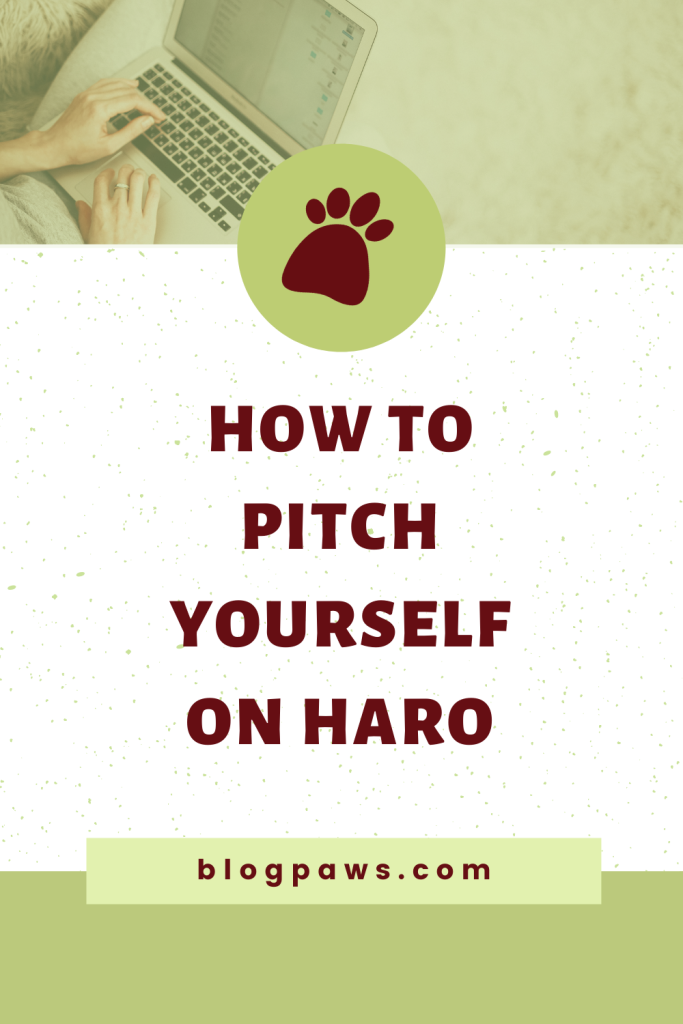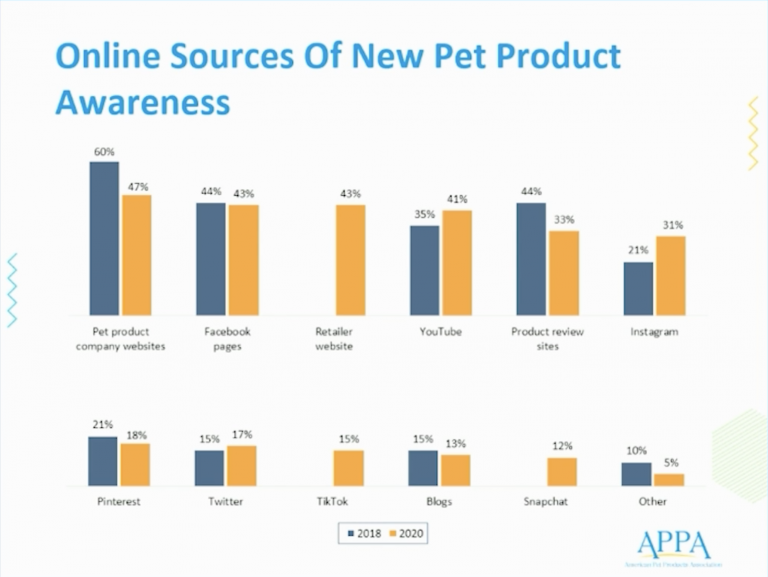How to Pitch Yourself on HARO
Getting press coverage is a hot topic in every industry, but sometimes one of the easiest ways to do that is overlooked: by using Help A Reporter Out (HARO).
HARO was created by Peter Shankman in 2008 as a Facebook Group. Its purpose was to help connect reporters to experts. In 2010 HARO was acquired and in 2014 it became a part of Cision. Today, HARO is a place that many content creators use to find experts to quote in their content or seek to find where they can offer their expertise.
Of course, it’s not as easy as just sending an email and saying you are the expert any content creator is looking for. You need more to your pitch than that. In this article, we’re covering what you need to get free press coverage from journalists using HARO.

Why Is Free Press Coverage Important?
In our online world that puts a lot of weight into who knows who and where those people are mentioned, getting press coverage is quite important.
While there are large media players like Today.com, Inc.com, Good Morning America, and others, there is still plenty of value in getting mentioned in smaller publications.
From your local newspapers and news channels to statewide coverage to national or worldwide coverage, it’s not a bad thing to have a reputable site reference you as their expert.
Plus, if you have a site you are working on growing, the backlinks free press coverage offers are very valuable.
How to Use Haro for Press Coverage
This is where HARO comes in. Each weekday HARO sends a morning email, an afternoon email, and an evening email. These emails are filled with journalists and content creators looking for experts. And as you might expect, there are often call-outs for people in the pet industry.
Each of these requests for experts includes exactly who they are looking for, what they need from that person, the pitch deadline, and an email address to send your pitch to.
Before you can reply, you must have a HARO account. And before you create your HARO account, you need to make sure you think about exactly how you’ll portray yourself in your profile.
Start by going to HARO’s homepage and clicking on the “I’m a Source” button. You will see all the guidelines and rules for using HARO, which are important to follow. Once you have familiarized yourself with that, you can click “Sign-up” in the navigation bar.
Once you create your account, you will receive a confirmation email and link to update all your credentials and preferences. HARO gives you options about which industries you want to subscribe to, and you can change this at any time.
When completing your profile be sure you:
- Use the most appropriate title for yourself.
- Share the most relevant links.
- Use a good email and phone number – not the ones you don’t check very often!
With your profile created you are ready to start pitching!
7 Tips to Successfully Pitch on HARO
With your HARO profile created intentionally, you can start watching for people who are looking for what you offer. When you find one, it’s time to pitch yourself. To do that effectively, keep these 7 tips in mind.
1. Get to the point immediately.
You are going to be one of many people replying and hoping to be chosen as the right expert. It helps if you make your pitch short and sweet. Make it easier on the person who has to weed through all the replies to find the ones that fit best and don’t put filler content into your pitch.
2. Make it personal.
When you reply, call the person who listed the request by their name. Choose the way in which makes the most sense. Match the tone of the person seeking the expert, which just means you might want to say “Dear first name last name,” or you might want to say “Hi first name!” Either way, it’s helpful to address the person you are pitching directly.
3. Don’t stray from the subject.
Every expert is usually an expert on several different subjects, but don’t forget what is most important to the person seeking the expert. Don’t cloud your pitch by trying to boost yourself up in ways that aren’t applicable to the request. If they are looking for someone to speak on whether it’s safe to give your dog vegetables, don’t share about all your dog training expertise; that is not what they asked for.
4. Don’t stretch too far.
Your title and links should clearly qualify you as an expert for the pitch you are sending. You shouldn’t have to work to prove it because that means the person reading it has to be convinced. Stick to the pitches that you are truly the right expert for.
5. Be clear and concise.
This is similar to getting to the point, but speaks more specifically to how you get to the point. Read your pitch out loud before you send it. Make sure it’s easy to follow and supports the point. Cut it down before you fluff it up.
6. Follow a format.
- The best way to get to the point in a clear and concise way while sticking to the subject is to use a format. It will help you create more pitches faster too. Try something like this:
- Introduction. This should be 2-3 sentences where you brag a little bit. “I’m X, an expert/title/etc who has been featured in X. I would love to contribute to X about Y.”
- Pitch. Bullet points work great here because they make your pitch skimmable. Remember, the person reading your pitch is reading many replies. Saving them time is a good thing, but don’t forget to give them exactly what they asked for. Some pitches ask for a two sentence pitch, so pitch them in two sentences.
- Close. Keep it simple. Just a thank you ensuring your signature info has relevant links they can click.
- Last, remember to not include attachments.
7. Don’t expect a response.
You may or may not get a response. There have been many instances where no response was sent, but a quote was used. To ensure you are quoted properly, write exactly the quote or information you would want printed in your pitch.
If you are not on HARO yet, use this article to help get you started. Bookmark it so when you are ready to make your first pitch, you can come back and follow the tips.
When it comes to finding free press coverage, HARO is not the only place to watch. There are many places to key an eye on and to pitch yourself as an expert like your local sources. But, HARO is a gathering of over 1,000,000 sources. Plus, they do the work of sending you possible opportunities to share your expertise.
Have you successfully used HARO before? Or do you plan to give it a try?
About the Author: Chloe DiVita, BlogPaws CEO, has 15+ years of experience in digital marketing, the pet industry, and as a greyhound mom. She’s earned accolades like, Pet Age’s 40 Under 40 and Muse Medallions from the Cat Writers’ Association. Formerly Executive Producer for TEDxCambridge, she brings storytelling and public speaking to her work with creators, leaders, and brands. Read more…






